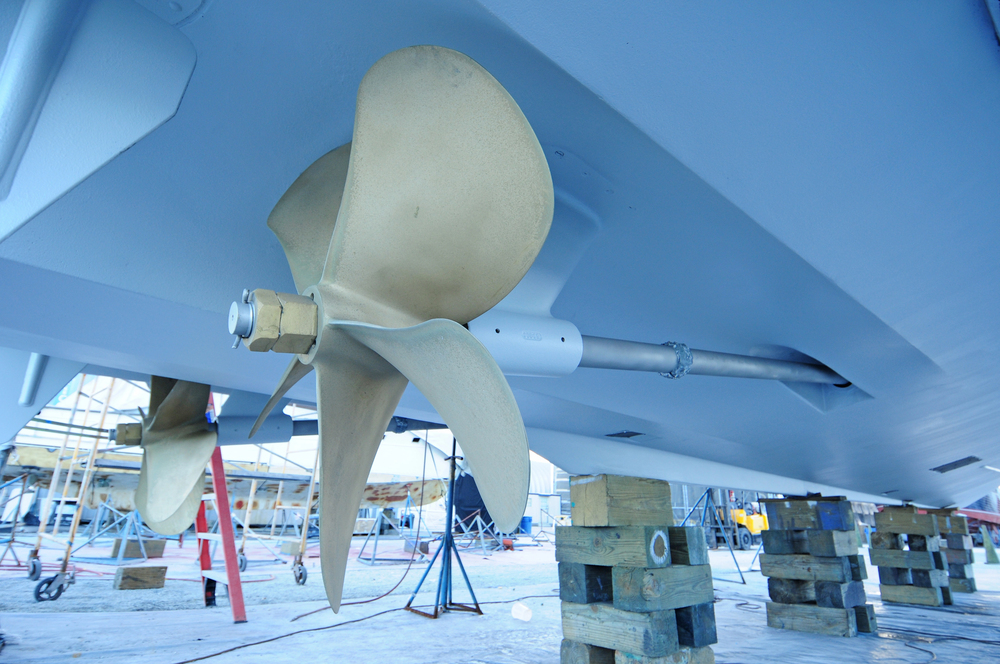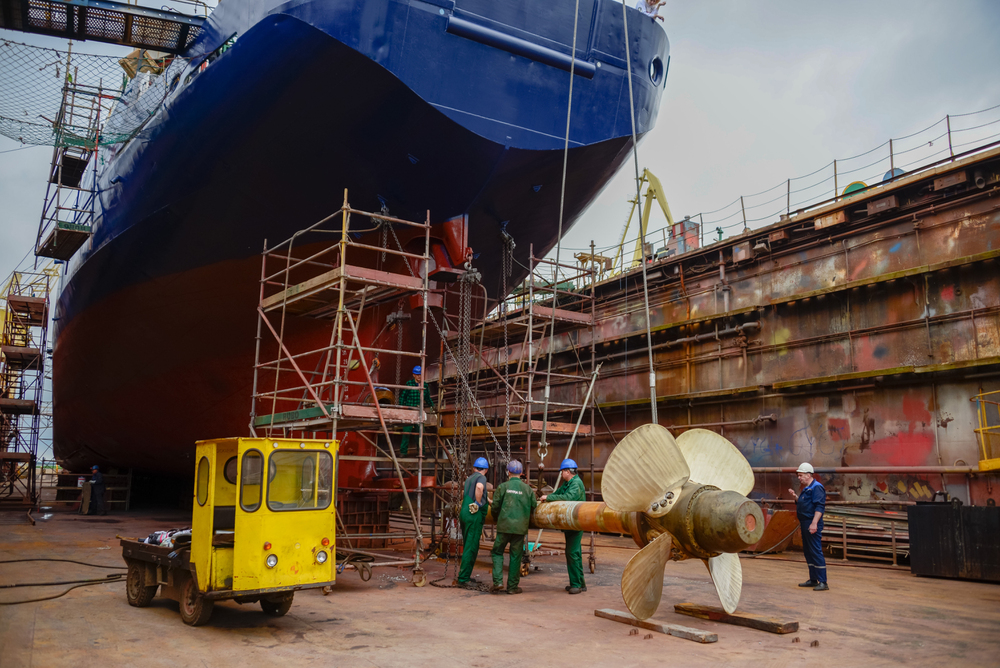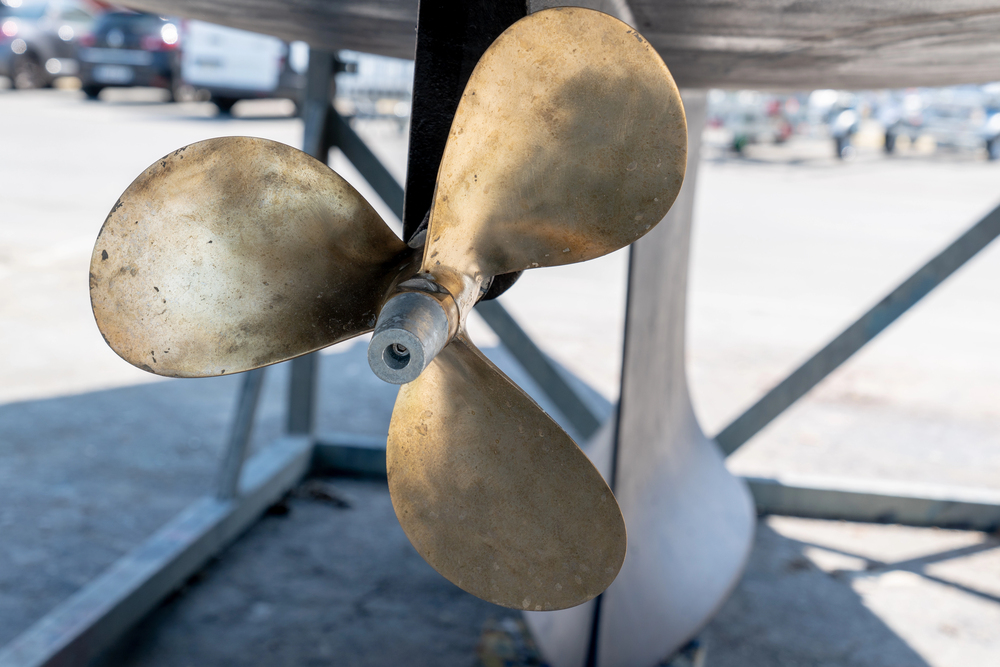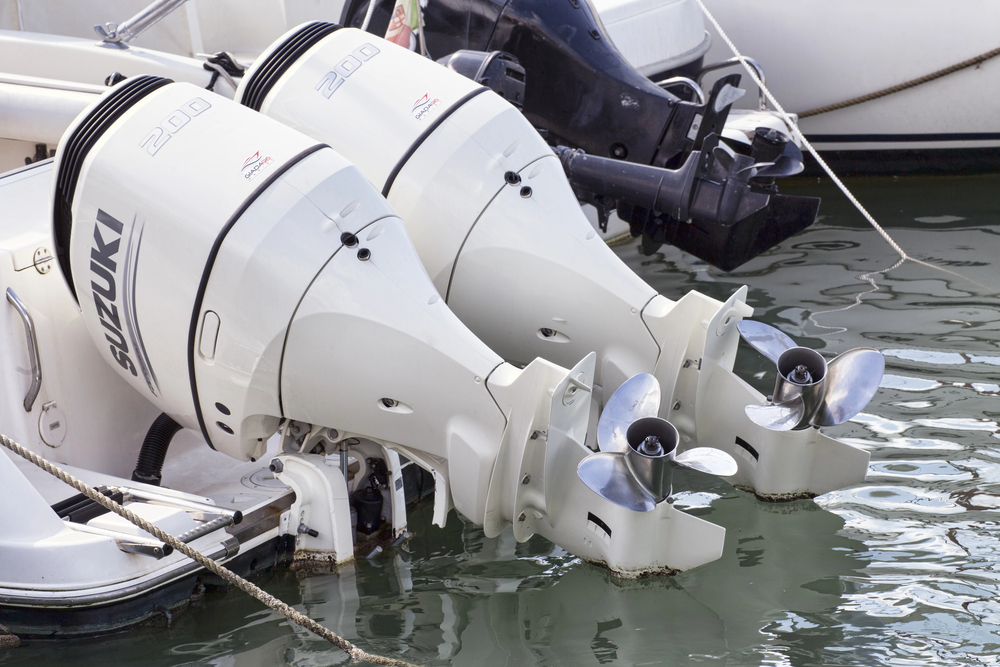Hull delamination is a serious issue for boat owners, but with the right knowledge and techniques, it can be fixed. Hull delamination occurs when the layers of the hull begin to separate, typically due to moisture, impact, or improper construction. This separation compromises the structural integrity of the boat, leading to potential safety issues and decreased performance. Repairing hull delamination involves a meticulous process that restores the boat’s strength and safety.
At Hull 2 Prop, we specialize in boat underwater maintenance and underwater boat repairs. Our team is experienced in handling delicate repairs like hull delamination, making sure your boat is safe, functional, and ready for the water. With expert services in hull cleaning, we make sure your vessel stays in top condition, no matter the challenge.
What is Hull Delamination?
Hull delamination is the process in which the layers of a boat’s hull separate. Boats are typically constructed with multiple layers of fiberglass and resin, which give them strength and durability. However, when moisture seeps into these layers or when the bonding agents weaken, the layers can begin to separate.
This can lead to a range of issues, from reduced performance due to increased drag to serious structural weaknesses that could compromise the boat’s safety. Understanding how to detect and repair hull delamination is necessary for maintaining the longevity and safety of the vessel.
Causes of Hull Delamination
Hull delamination can occur for several reasons, but the most common causes include:
- Moisture Infiltration
Moisture is the primary cause of hull delamination. When water gets between the layers of the hull, it weakens the bond between them. Over time, this moisture can cause the layers to separate, leading to delamination. This is especially common in boats stored in wet conditions or exposed to harsh weather.
- Improper Construction
If the boat was not built properly, with the right materials and bonding agents, the chances of delamination increase. Faulty manufacturing or poor construction techniques can result in an inadequate bond between the layers of fiberglass and resin, which can easily lead to delamination over time.
- Impact or Stress
Physical damage from collisions or hitting obstacles in the water can also cause delamination. The force of impact can damage the hull, causing the layers to separate. This is especially common with fiberglass hulls, which can crack or break under stress.
Signs of Hull Delamination
Recognizing the signs of hull delamination early can help prevent further damage and more costly repairs. Some common signs include:
- Soft Spots: Delaminated areas often feel soft or sponge-like to the touch. If you notice any soft spots on the hull, it could indicate that the layers are beginning to separate.
- Bubbling or Blistering: Bubbles or blisters on the hull surface may indicate that moisture is trapped between the layers, causing delamination.
- Increased Drag: As the hull loses its integrity, it may cause increased drag, reducing your boat’s speed and fuel efficiency.
- Water Leaks: In more severe cases, delamination can cause leaks in the hull, which can compromise the vessel’s safety.
Steps Involved in Hull Delamination Repair
Repairing hull delamination is a delicate process that requires expertise and precision. Below are the key steps involved in performing hull delamination repairs:
- Inspection and Assessment
The first step in repairing hull delamination is to assess the extent of the damage. This involves a thorough inspection of the boat’s hull to identify delaminated areas and determine how deep the damage goes. The boat may need to be lifted out of the water for a more detailed inspection, as underwater parts are often the most affected.
At Hull 2 Prop, we use advanced techniques and tools to evaluate the damage accurately, making sure we understand the full extent of the delamination.
- Preparation of the Area
Once the delaminated areas have been identified, the next step is to prepare the area for repair. This includes cleaning the damaged area, removing any contaminants, and making sure the surface is smooth. Any marine growth, dirt, or old coatings are removed to create a clean surface for bonding.
- Resin and Reinforcement
To repair the delamination, the separated layers of the hull need to be re-bonded. This is done by injecting resin into the delaminated areas. The resin fills the gap between the layers and hardens, re-establishing the bond.
Reinforcement materials, such as fiberglass cloth, may be applied to strengthen the repair. This guarantees that the hull is once again strong and durable, preventing future delamination.
- Sanding and Finishing
After the resin has cured, the repaired area is sanded down to create a smooth, even surface. The goal is to restore the original shape and finish of the hull. Once the sanding process is complete, the area is primed and painted to match the rest of the hull.
This step is necessary to guarantee that the boat’s appearance is restored and that the hull is protected from further damage.
The Role of Hull 2 Prop in Hull Delamination Repair
We specialize in expert boat underwater maintenance and hull repairs, including hull delamination. Our experienced team can quickly assess and repair delamination, restoring the strength and performance of your boat’s hull.
We also offer hull cleaning, making sure that the boat is free from debris and growth before performing any repairs. If delamination has caused leaks or other damage, we offer underwater boat repairs to address these issues and prevent future complications.
Preventing Hull Delamination
Preventing hull delamination is key to avoiding expensive repairs. Regular maintenance and care can help protect the hull from delamination. Some key preventative steps include:
- Regular Inspections: Inspect the boat’s hull for signs of delamination, soft spots, or cracks. Catching the problem early can prevent further damage.
- Proper Storage: Keep the boat in a dry, well-ventilated area to prevent moisture buildup. Avoid storing the boat in areas with high humidity or water exposure.
- Hull Maintenance: Regularly clean the hull to remove any marine growth or contaminants that could contribute to moisture infiltration.
Hull delamination is a serious issue that can affect the performance and safety of your boat. The repair process involves careful inspection, resin injection, and reinforcement to restore the boat’s strength. Regular maintenance, including checking for signs of delamination and addressing damage early, can help prevent more extensive repairs in the future.
At Hull 2 Prop, we specialize in giving expert repairs and boat underwater maintenance to keep your boat in top shape. If you need hull cleaning or underwater boat repairs, we are here to help you keep your boat in optimal condition. Contact us today for more information about our hull repair services.







